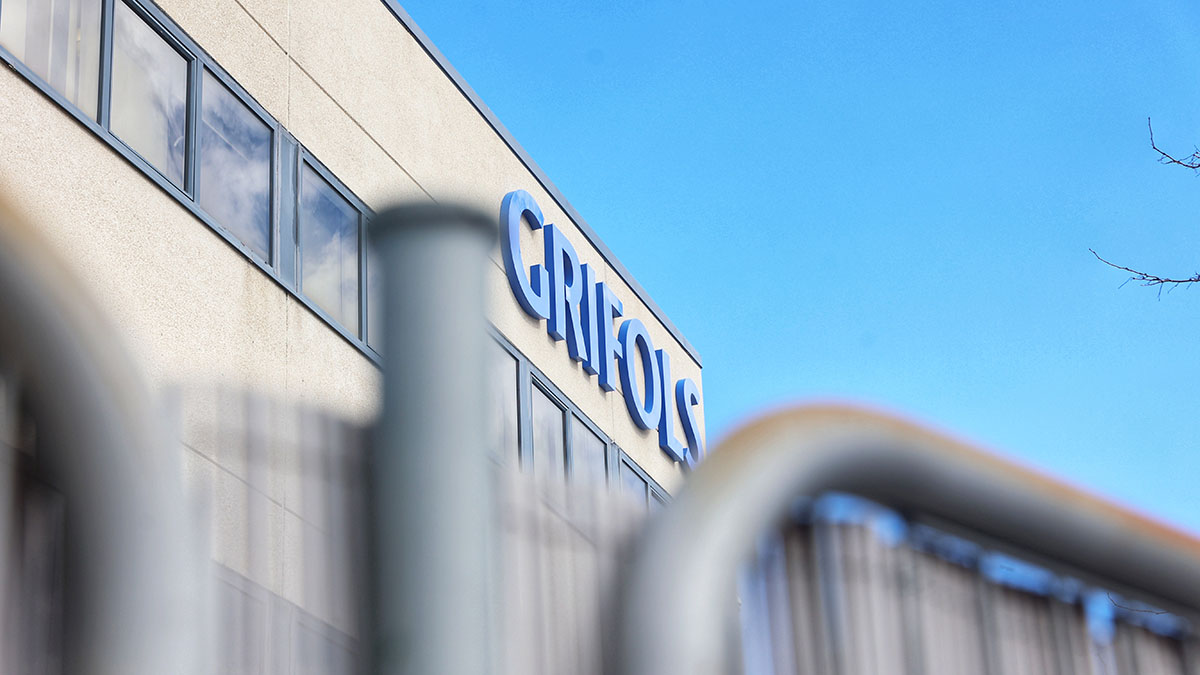Gotham vs. Grifols: Transparency and Bearish Investors

On January 8, Gotham City Research, known for its bearish investment strategy and identifying past fraud, announced that it would publish a report on the publicly traded Spanish company.
The next day they said they were referring to Grifols and accused it of manipulating its profits and financial position in order to hide the actual debt, which was greater than what was stated.
In its report, Gotham suggests that Grifols shares are overvalued by 34 to 75 percent, although under certain assumptions of increased financing costs resulting from increased real debt, the stock would be worth zero.
The market reaction was sharp: Grifols shares fell about 30 percent in one day, although they began to regain some of the lost value. The company denied the allegations, calling the information in the Gotham report distorted and speculative.
On the other hand, this stock market disaster allowed Gotham to speculate in Grifols shares and earn about 20 million euros on the same day the report was published.
Errors in accounts?
The transactions described in the Gotham report were audited by KPMG (the recommending auditor), appear in reports published by Grifols since 2018, and were reported to the CNMV, so the presence of fraud as such is not obvious.
From the information provided by Grifols, it can be understood that the company has been employing practices for several years that make the business structure and operations associated with Scranton difficult to understand even to an expert eye.
Academic research in finance gives us some insight into the incentives for companies to maintain opaque financial information. It is known that accounting transparency is the key to reducing information asymmetry between managers and investors, as well as protecting the interests of the latter.
However, it has been observed that companies with more debt, worse performance and financial constraints tend to be more opaque.
Grifols’ debt has increased significantly in recent years, prompting some analysts to consider it overleveraged. The latter could be an incentive for Grifols to use more opaque structures to distort perceptions of their financial health, increasing information asymmetries.
What interest does Gotham have in releasing this information?
Short Investorsbassists), as in this case Gotham, are investors who take positions in the hope that the stock will lose value. To make money, they borrow shares of the company and immediately sell them at the market price, hoping to repay the loan after purchasing those shares in the future at a much lower price.
This form of investment has made them very controversial players in the markets. There is a tendency to think that bears have an incentive to falsely denigrate companies in order to profit from lower prices. However, academic research evidence gives them a valuable role in that their presence helps make the financial information provided by companies clearer and more reliable, and improves some aspects of the functioning of markets.
While they are not without controversy, the bears have earned their notoriety for exposing egregious wrongdoings in the past, such as the Enron case in 2001.
Likewise, it is notable that these types of investors have little interest in their news being completely false, as they could lose a lot of money if their accusations are found to be wrong and the stock of the company in question ends up rising. The credibility bearish Gotham gained from the accuracy of other reports may explain the market’s immediate reaction.
What does this event teach us?
The confrontation between Grifols and Gotham is an interesting case of information asymmetry, the importance of clarity of accounting information, and the role of bears.
While it is possible that we are not experiencing fraud, Gotham appears to have highlighted some aspects that, while known, increase information asymmetries between the company and investors, which could cause distrust on the part of some shareholders who decide to sell their securities. until you have a clearer picture of the company.
This article was originally published on The Conversation. Read the original.
![]()
If this news was useful to you, subscribe to our newsletter, we will not disappoint you! You can also add alerts finance.com to your networks and applications: Twitter | Facebook | LinkedIn | Flipboard. And follow the best financial videos on YouTube.